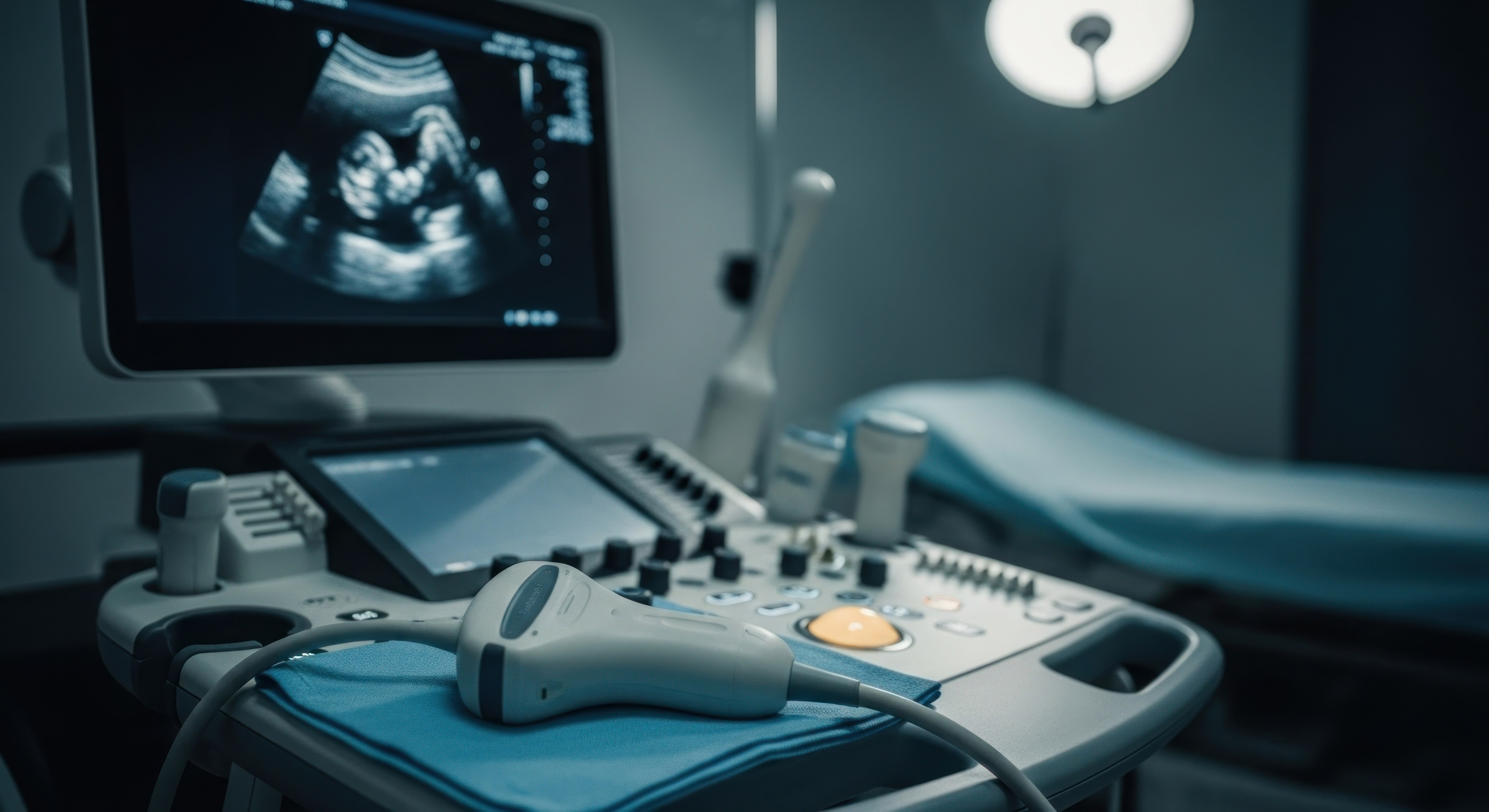4% of global emissions arise from healthcare facilities and this is more than those from shipping and aviation industries. These emissions are aggravated by the high use of disposables and chemicals that most healthcare institutions use for infection control, which allows them to be compliant with infection control standards and protocols.
Healthcare providers face a considerable challenge in finding disinfection methods that balance compliance with regulatory standards and sustainability.
As regulatory bodies and the public mount pressure on healthcare providers, a compliant and sustainable infection control method has become imperative.
In this article, you will learn the challenges of being compliant and sustainable in healthcare, and a potential solution that's proven to be safe and effective.
What does it mean to be non-compliant in infection control?
Non-compliance means the failure of a healthcare provider to adhere to established protocols and standards set by regulatory agencies for safe and proper disinfection practices. Regulatory laws mandate healthcare facilities to comply with standards set by their local health authorities.
Impact of non-compliance
Non-compliance with regulatory standards has consequences that affect both healthcare institutions and patients. Here are a few of the implications.
Legal implications
Healthcare organizations that are non-compliant or violate regulatory protocols may face punishments or legal actions from their local regulatory bodies. These penalties could be in the form of warnings, fines, or litigation in severe cases against violators.
Patient and staff safety
Non-adherence to infection control measures can lead to transmission of disease-causing organisms among patients and staff in at-risk health facilities. Consequently, this compromises the safety of patients and staff because of the higher disease risk. Unsafe healthcare settings can experience a staff shortage due to hospital-acquired infections and a decline in the quality of patient care.
Reputation damage and loss of trust
Patients slowly lose their trust in healthcare institutions, which receive legal action due to non-compliance with regulatory standards and a lack of competent staff. As the healthcare facility loses its reputation, staff retention decreases, which results in long waiting hours and a gradual decline in patient numbers.
Sustainable concerns in healthcare
Disinfection practices in most healthcare facilities lack sustainability and are not eco-friendly. The following are some of the drawbacks of current disinfection methods:
- Chemical load: Current disinfection procedures use a lot of chemicals that contribute to the toxic emissions from many health facilities.
- High waste burden: Single use of disinfection materials generates lots of waste that adversely impacts the environment.
- Inefficient resource consumption: Most disinfection procedures require high amounts of water.
A compliant and sustainable solution
Are you struggling with finding an infection control measure that’s both compliant and sustainable? Here’s a current solution to explore.
Current Solution
Current infection control measures, such as disposables are relatively effective but not sustainable for healthcare facilities. Disposables are expensive to procure, and disposal requires strict regulatory compliance.
Healthcare providers will benefit from implementing a compliant and sustainable solution. This solution is called the Green Standard.
The Green Standard
The Green Standard is a comprehensive approach to integrating UV-C disinfection devices into a health facility's current workflow.
The Green Standard is designed for high-level disinfection of semi-critical devices, such as TEE probes, and non-critical devices, such as stethoscopes.
The Green Standard provides easy and practical steps that healthcare providers can apply to use UV-C light to effectively and efficiently disinfect medical devices.
Scientific studies have shown that UV-C light has high-level disinfection and sporicidal capacities. It does not require water, consumables or chemicals, which makes it appropriate for infection control in a healthcare setting.
If you want to learn how to implement a compliant and sustainable disinfection procedure in your healthcare facility, click here to learn more about the Green Standard
References
- World Economic Forum.(2022). https://www.weforum.org/agenda/2022/10/cop27-how-healthcare-can-reduce-carbon-footprint/
- American Journal of infection Control.(2022).Comparison of the sporicidal activity of a UV disinfection process with three FDA cleared sterilants
- https://www.uvsmart.nl/articles/the-green-standard-a-sustainable-approach-to-high-level-disinfection-of-semi-critical-medical-devices-using-uv-c-light

.png)






.jpg)
